
The world has begun transitioning towards clean energy sources to counteract climate change, but it is important to recognize that all energy sources, renewables included, have an environmental cost beyond direct emissions. Commonly referred to as “hidden costs,” these externalities aren’t reflected in the market price of energy but have a significant impact on our health, environment, and society. Recognizing these often overlooked consequences is crucial for making informed decisions about our energy future and ensuring a sustainable transition.
Manufacturing’s Carbon Footprint
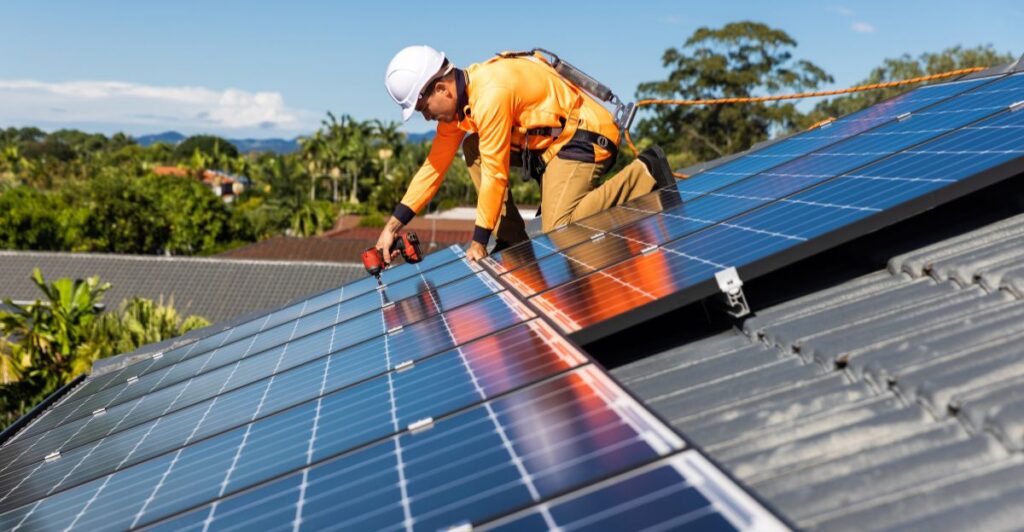
The production of components for renewable energy systems, such as iron, steel, glass, and composite materials for wind turbines and solar panels, requires energy-intensive processes. Fossil fuel-powered manufacturing processes are another contributor to greenhouse gas emissions. However, the carbon footprint of manufacturing is steadily decreasing as the industry embraces sustainable processes and renewable energy sources.
The Toxicity Factor

Manufacturing solar panels creates toxic chemicals such as cadmium, hydrochloric acid, sulfuric acid, nitric acid, and hydrogen fluoride. Improper handling and disposal of these substances can lead to soil, water, and air pollution, which can affect human health and wildlife. Strict regulations and waste management systems are essential to mitigate these environmental risks.
Waste Generation and Management

The manufacturing process produces solid and liquid waste, including silicon tetrachloride, used solvents, rejected solar cells, and damaged modules. If not recycled or discarded properly, these waste products can release toxic substances into the environment. Recycling technologies and responsible waste management are key to a sustainable future.
Land Use Considerations

Renewable energy projects have immediate and long-term impacts on native habitats. When land is cleared for energy projects, it can disrupt ecosystems and impact biodiversity. Careful site selection, prioritizing land that has already been used, and integrating energy systems on farms can help avoid these impacts.
Human Rights and Mineral Extraction
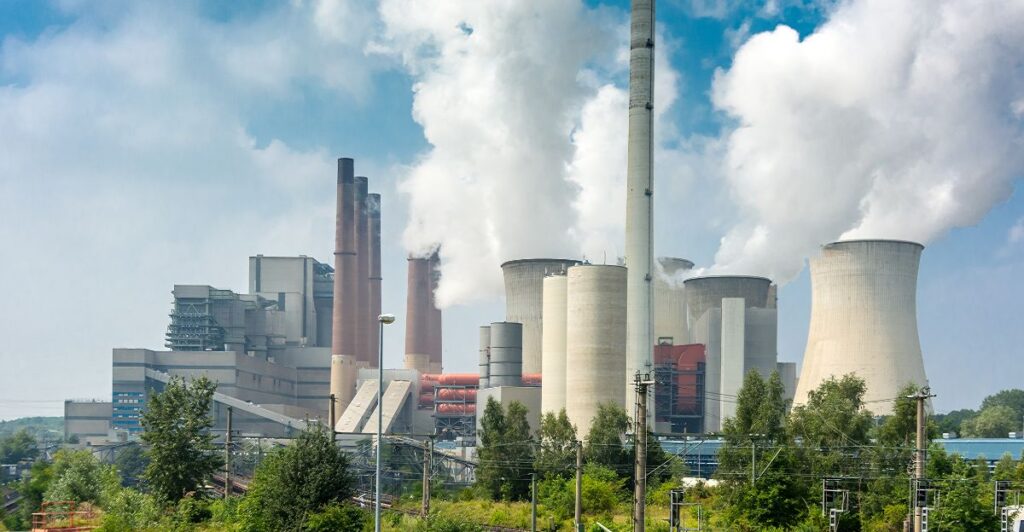
Renewable energy technologies require certain minerals like cobalt, copper, and lithium. Mining these minerals has been associated with human rights abuses and environmental devastation in some parts of the world. Organizations are working to address these hidden costs and promote responsible mining practices.
Ecological Implications of Biomass

While biomass energy could reduce greenhouse gas emissions, it could also have very significant ecological implications. The land use required to cultivate biomass crops can dwarf that of other power sources, leading to species loss. Biomass power becomes more favorable to ecosystems when used with carbon capture and storage.
The AI Connection

The substantial energy consumption associated with AI training and operation has raised concerns about the environment, particularly regarding GHG emissions. Companies with higher emissions may face regulatory scrutiny, potential carbon taxes, and reputational risks. Efficient energy use demonstrates resilience against energy pricing variations and regulatory shifts.
The Importance of Responsible Development
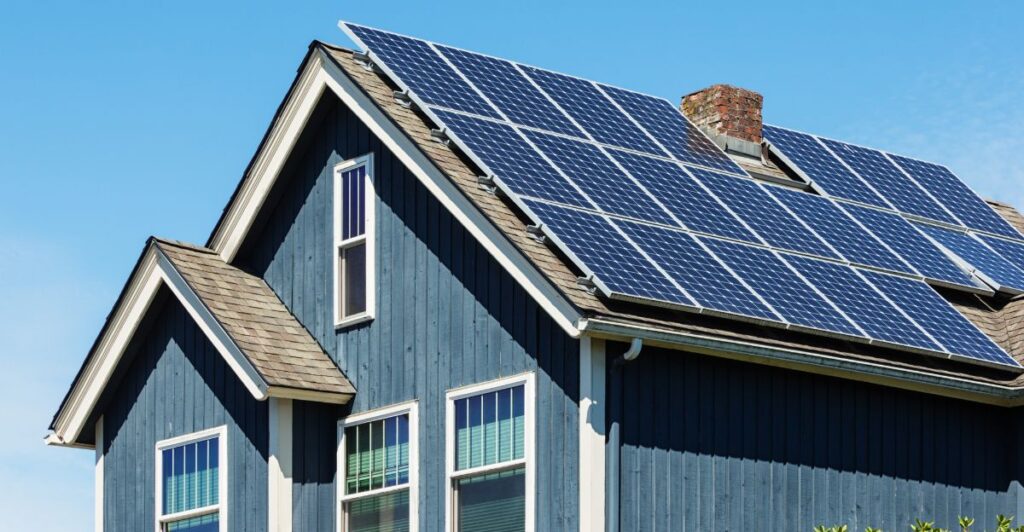
Ramping up renewable energy projects requires careful consideration to avoid adverse environmental impacts. Unlike fossil fuels, renewable energy technologies generally do not emit harmful greenhouse gases or air pollutants. Pollution and emissions are primarily related to manufacturing, construction, and maintenance.
The Cost Factor

Prices of renewable energy sources have dropped to competitive ranges with fossil fuels. Renewable energy sources have become more affordable, and the cost of installing renewable power capacity is now less expensive than fossil fuel-based power generation. Replacing coal with wind and solar could cut costs significantly.
Incentives and Obstacles
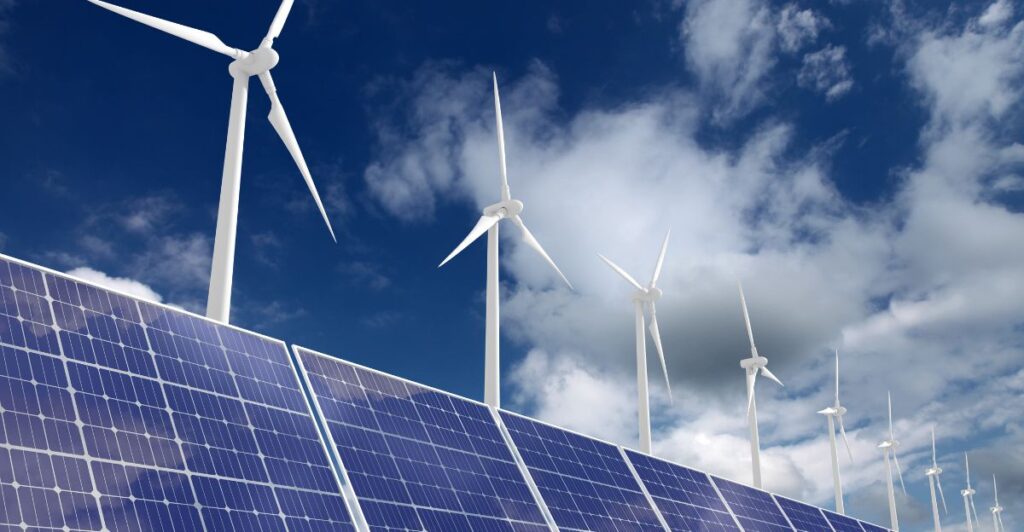
New methods need to be set up to harness renewable energy, which costs more for consumers. Market entrance and subsidies from political/government support are further obstacles to renewable energy. There are also incentives, rebates, and discounts offered by many states and utility companies to adopt renewable energy.
Long-Term Savings

All studies suggest that renewable energy becomes cheaper as infrastructure improves. The initial startup costs could be more expensive, but long-term savings are expected. The cost to switch to renewables would be around $4.5 trillion.
A Net Positive Impact
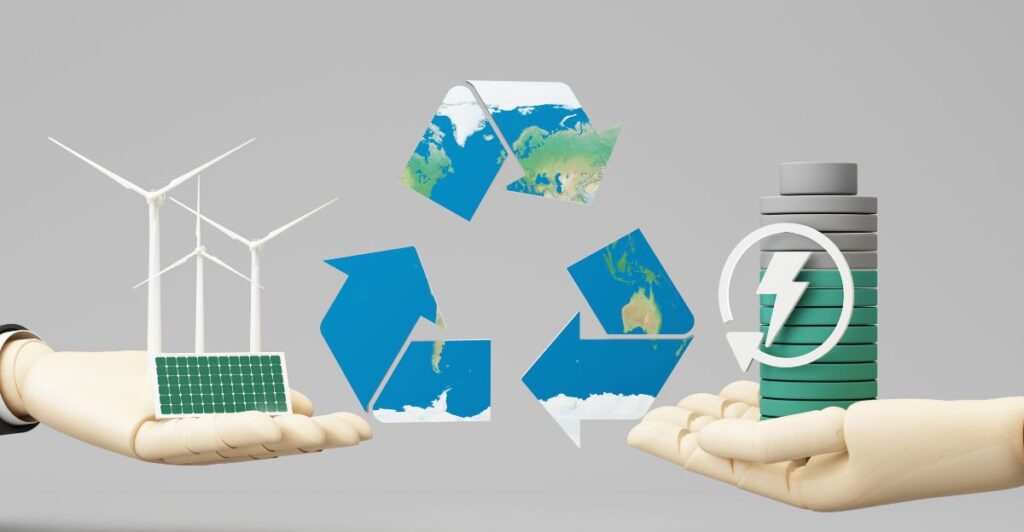
Despite the hidden costs, solar and wind energy’s health and environmental impact is still significantly lower than that of fossil fuels. Many climate mitigation strategies also effectively reduce carbon emissions and a wide range of environmental problems.
Discover more of our trending stories and follow us to keep them appearing in your feed

California Is Breaking Apart: A Fault Line Is Forming Faster Than Anyone Predicted
Philanthropist Promises To Cover $771.23M Annually After US Exit From Climate Accords
The War on Cows Is Over—And Green Extremists Have Lost
Deepest Hole On Earth Permanently Sealed After 2 Billion Year Old Discovery
References:
Reference 1
Reference 2
Reference 3
This article first appeared here
Stay connected with us for more stories like this! Follow us to get the latest updates or hit the Follow button at the top of this article, and let us know what you think by leaving your feedback below. We’d love to hear from you!







